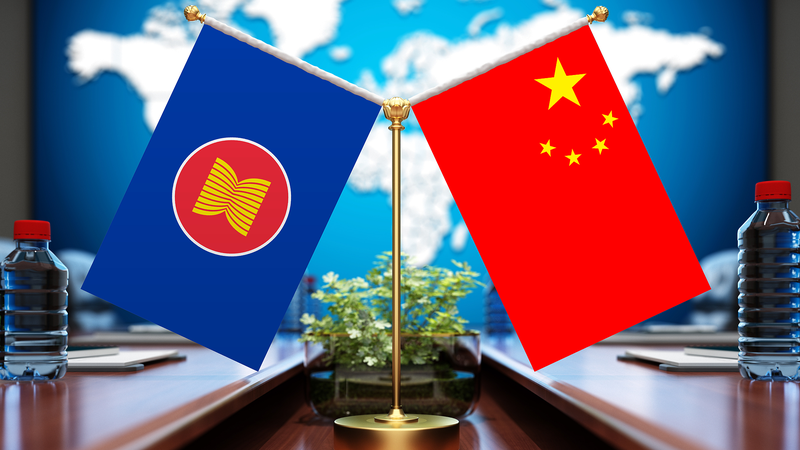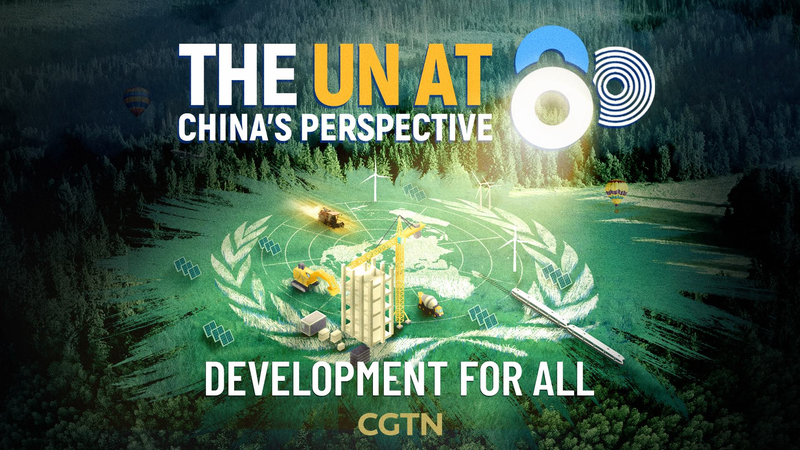Digital Trade and Green Development Take Center Stage
When ASEAN leaders met in Kuala Lumpur on October 26 for the 47th ASEAN Summit, the spotlight wasn’t just on traditional diplomacy. This year, China and ASEAN are set to sign an upgraded China-ASEAN Free Trade Area (CAFTA) agreement that expands cooperation into digital trade and green development—areas poised to shape the next decade of regional integration.
Navigating Geopolitical Shifts and Job Markets
Today’s global stage is marked by rising geopolitical tensions and a return of cold-war mindsets in some corners. For export-oriented economies in Southeast Asia, any squeeze on major power competition risks disrupting supply chains and slowing factory output. When investments pull back, it’s often workers who bear the brunt.
At the same time, automation and advanced manufacturing—from smart robotics to AI-driven production—are reshaping jobs. In ASEAN member states with a growing middle class, consumers benefit from cheaper, higher-quality goods. But in economies still building industrial capacity or digital readiness, the gap widens, and inequality risks deepen.
The Chinese Mainland’s Role as Partner and Market
China could be a game-changer. As the world’s manufacturing powerhouse and the Chinese mainland’s position as a top trading and investment partner for all ASEAN members, it has both the market pull and the capacity to help regional economies weather global storms and tech-driven job shifts.
Looking back, the United States once relocated labor-intensive manufacturing to East Asia while absorbing much of the region’s output—a cycle that fueled rapid industrialization and broad-based prosperity. Today, every economy wants a bigger slice of manufacturing without expanding domestic consumption, driven by calls for resilience, national security and job repatriation.
Building a Stable, Predictable Market
The real test for China, ASEAN and other leading economies is whether they can offer a stable, predictable market as a global public good. An upgraded CAFTA that embraces digital platforms and green infrastructure could help break the cycle of retreating trade and stalled growth—setting the stage for a truly inclusive, sustainable regional integration.
For young entrepreneurs, tech innovators and travelers alike, this new chapter will redefine supply chains, create fresh digital opportunities and make green growth a shared headline across the region.
Reference(s):
China, ASEAN vital for forming a new chapter of regional integration
cgtn.com




